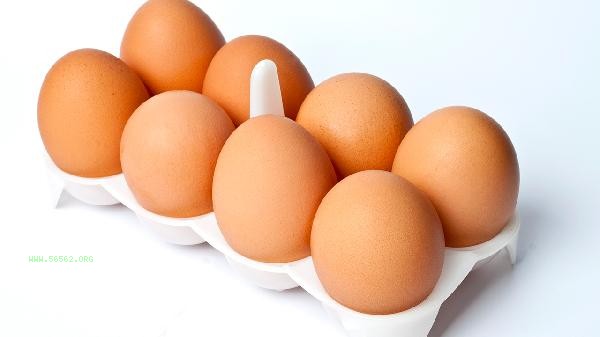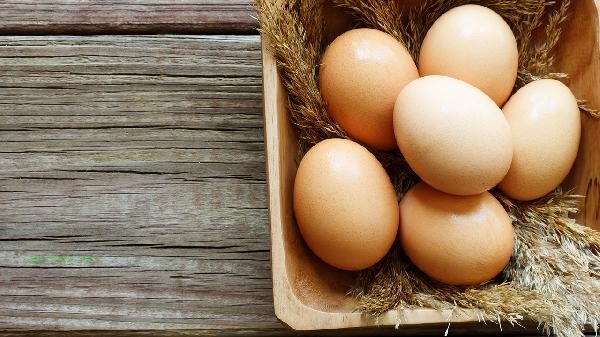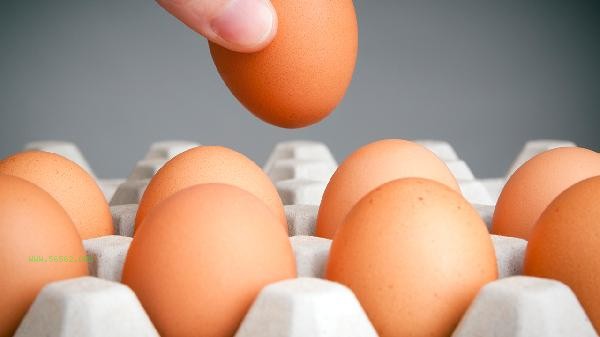The key to using a non stick knife to cut boiled eggs lies in the surface treatment and temperature control of the egg. There are mainly methods such as soaking the blade surface in water, using fine wire cutting, fully cooling the egg, applying grease to the blade surface, and selecting sharp cutting tools.

1. Water on the cutting edge
Before cutting, immerse the blade in cold water to form a barrier layer that reduces direct contact between the egg yolk and the cutting edge. During operation, re wet the cutting surface every time and keep it moist. Suitable for cutting freshly cooked warm eggs, but has limited effect on completely cooled eggs.
2. Use thin thread cutting
Take a 30cm long cotton thread and fold it in half. Tighten the middle of the egg and apply force in the opposite direction with both hands to obtain a flat cut surface. This method completely avoids tool contact and is particularly suitable for cutting soft boiled eggs. Pay attention to choosing wax free cotton thread to avoid contaminating food.
3. Cool the egg thoroughly
Immediately soak the boiled egg in ice water for 10 minutes to allow the yolk to completely solidify and shrink. The cooled egg yolk has a tighter texture and is less prone to sticking when cut. This method is most effective for fully cooked eggs, but a cooling time needs to be prepared in advance.

4. Applying grease to the blade surface
A thin layer of edible oil or butter on the blade can significantly reduce the probability of sticking to the blade. It is recommended to choose odorless vegetable oil and use kitchen paper to wipe off excess oil after application. This method is applicable to all types of cooked eggs, but it may affect the aesthetics of the presentation.
5. Choose a sharp knife
Use a professional serrated egg knife or a sharpened chef's knife to quickly cut and reduce squeezing time. A blunt knife will crush the egg yolk structure and cause adhesion, so maintaining a 15 degree angle of the blade for better oblique cutting effect. Pay attention to safe operation and avoid scratches.

When cooking boiled eggs in daily life, you can first refrigerate the eggs for 2 hours to enhance the shaping effect, and immediately clean the blade surface with a damp cloth after cutting. For soft boiled eggs that need to be placed on a plate, it is recommended to use fine line cutting method combined with chilling treatment. If you need to cut the same egg multiple times, wipe the blade surface and re wet it each time. Long term operation can choose ceramic knives or PTFE coated cutting tools, which themselves have anti sticking properties. When cutting eggs of different degrees of maturity, fully cooked eggs are suitable for cold cutting, while soft boiled eggs are more suitable for warm cutting. Adjusting the processing method according to the needs can achieve the best results.








Comments (0)
Leave a Comment
No comments yet
Be the first to share your thoughts!